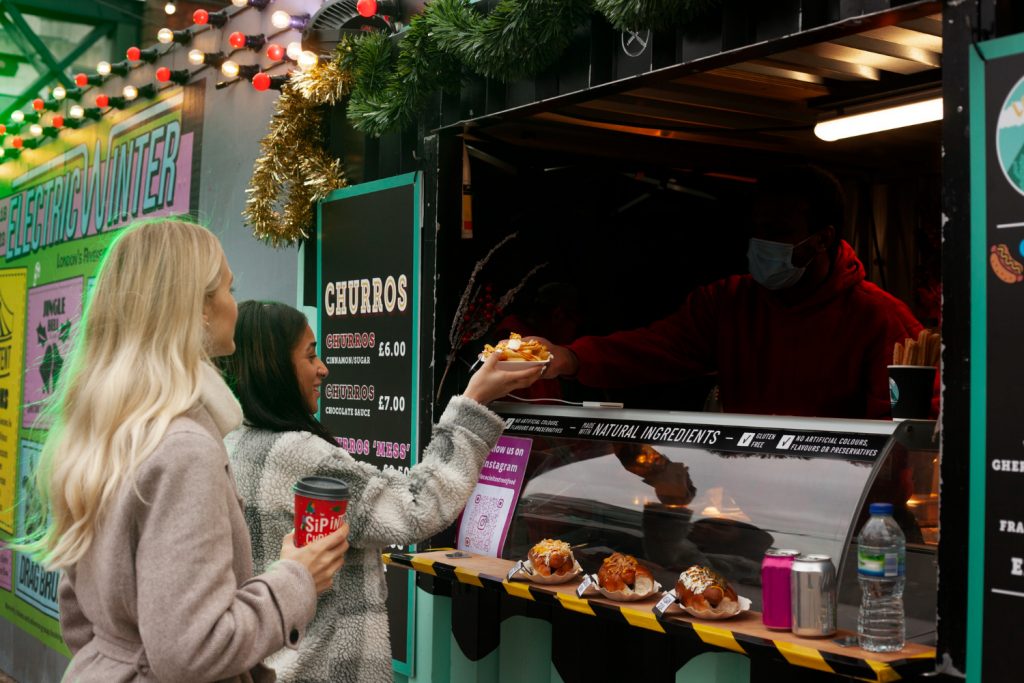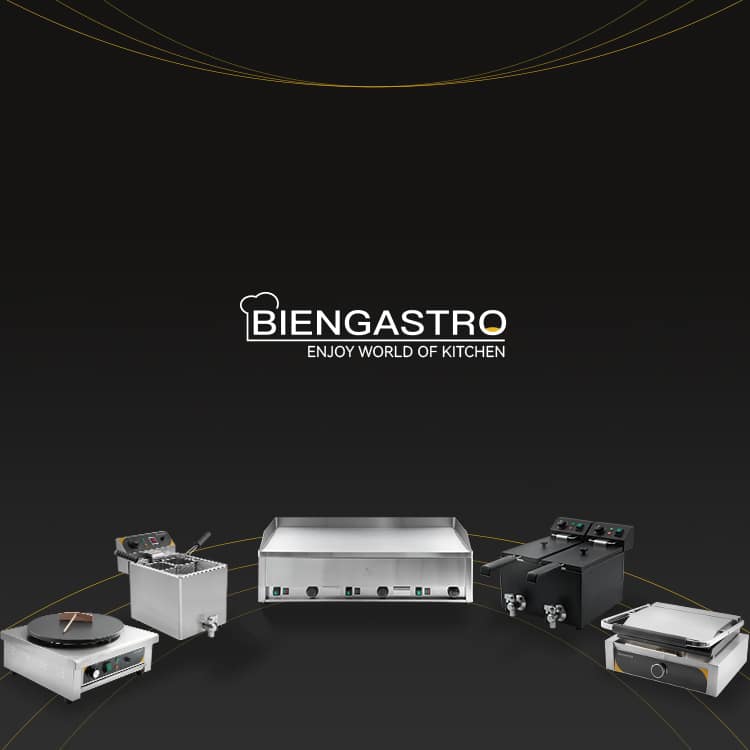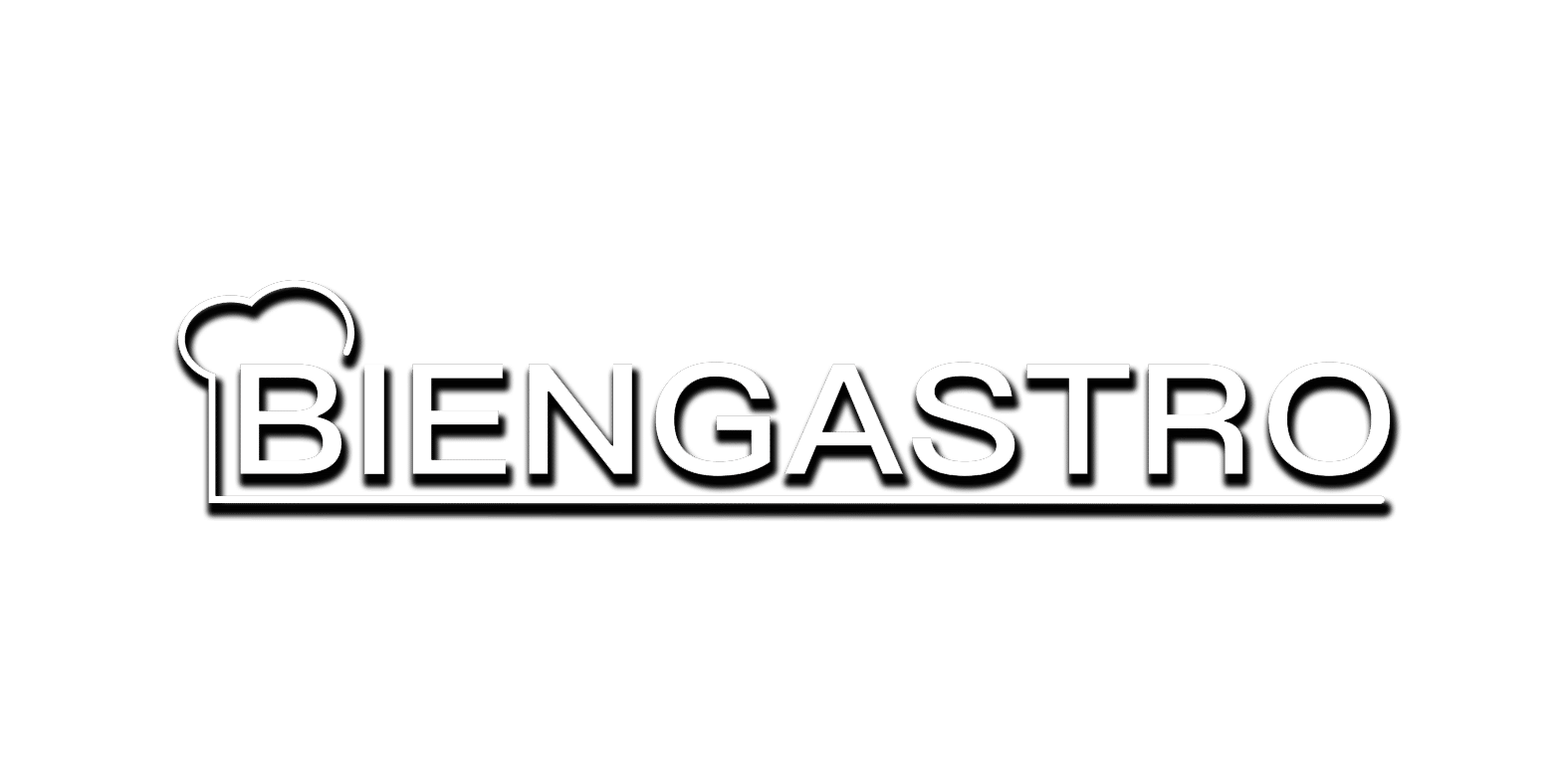Discover expert insights on Pop-Up Restaurant kitchen design challenges, innovative solutions, and code-compliant tips for safe, efficient installations.
Table of Contents
- Introduction: The Pop-Up Restaurant Advantage
- The Allure and Challenges
- Real-World Installation Challenges
- Unexpected Solutions and Innovations
- Regional Code Variations
- Budgeting and Material Costs
- Maintenance, Safety, and Best Practices
- Contractor Insights and Client Concerns
- Final Thoughts

Introduction: The Pop-Up Restaurant Advantage
In my 15+ years in kitchen design, I have witnessed many trends—but nothing excites and challenges like a Pop-Up Restaurant. From intimate residential setups to commercial restaurant installations, I have navigated complex design projects that push creative boundaries. This article provides practical insights and code-driven advice for anyone planning a Pop-Up Restaurant venture.
The Allure and Challenges
Pop-Up Restaurants offer a flexible, temporary solution. They let culinary innovators test concepts with lower overheads. I once installed a fully modular setup in a trendy New York loft. Yet, the flexibility comes with challenges such as limited infrastructure and unexpected installation issues. Transitioning quickly is key.
For more on evolving trends, read about our kitchen design trends.
Real-World Installation Challenges
Often, available spaces lack proper electrical, plumbing, or ventilation systems. In downtown Los Angeles, I encountered an electrical panel that could not support our high-powered equipment. We solved this by installing a temporary generator. According to NFPA 96 guidelines (see NFPA), maintaining a 24-inch clearance from combustible surfaces is crucial.
Ventilation poses a major challenge. In Miami, the venue’s ductwork could not deliver the needed 1,200 CFM. We combined fixed under-cabinet ducts with portable fume extractors to reach an adjustable capacity of 800 CFM. This workaround met local code requirements while ensuring safety.
Speed is vital, yet rushing can cause hazards. In Atlanta, an improperly sealed gas line nearly led to an incident. We caught the mistake during a final safety check 48 hours before launch. Always test all systems thoroughly.
Unexpected Solutions and Innovations
Here are two creative adaptations I have developed:
- Modular Ventilation Adaptability:
I engineered a hybrid ventilation system that adapts to different ceiling heights. This flexible design meets regional codes and ensures safety. - Prefabricated, Reconfigurable Workstations:
Instead of bulky countertops, I sourced modular units that assemble quickly. These units reduced setup time by 20–30% and adapted easily to layout changes.
Contractor Joe Martin once noted,
“In a Pop-Up Restaurant, adapting on the fly is key. Safety and functionality must never be compromised.”
For further tips, explore our kitchen installation tips.
Regional Code Variations
Local building codes significantly affect design. For example, New York City requires adherence to both the International Building Code (ICC) and strict municipal regulations, such as NFPA 13-compliant fire suppression systems. In contrast, rural Texas offers more lenient guidelines but demands solutions for extreme weather. Always verify your region’s regulations before starting any project.
Budgeting and Material Costs
Accurate budgeting is essential. Here are typical cost ranges from recent projects:
- Total Setup Cost:
$30,000 (minimal) to $80,000 (full system) - Equipment Examples:
- Hobart HTP30 Dishwasher: $5,000–$7,000
- Rational SCC6 Combi Oven: Over $20,000
- Modular Stainless-Steel Countertops: $200–$350 per square foot
Installation usually takes 3–5 days. Always plan for potential delays.
Maintenance, Safety, and Best Practices
Maintenance in a Pop-Up Restaurant is vital. Daily cleaning of ventilation systems prevents grease build-up and fire hazards. Regular inspections of gas and electrical systems are mandatory. I recommend a strict 48-hour review cycle during active operations. Always use active voice and clear instructions to ensure safety.
ontractor Insights and Client Concerns
Clients often underestimate the challenges of a Pop-Up Restaurant. They may expect quick, simple setups. However, practical issues—such as ensuring proper code compliance and dealing with regional nuances—require expert oversight. Contractors stress that balancing innovative design with safety and efficiency is crucial.
Final Thoughts
A Pop-Up Restaurant blends creative culinary opportunities with complex design challenges. This guide highlights installation challenges, unexpected solutions, and regional code variations. While temporary, these projects demand permanent dedication to safety and quality. Planning well can save time, money, and prevent hazards.
Are you ready to embrace the exciting world of Pop-Up Restaurant design? With a mix of technical rigor and creative adaptability, you can create a safe, efficient, and inspiring kitchen space.



